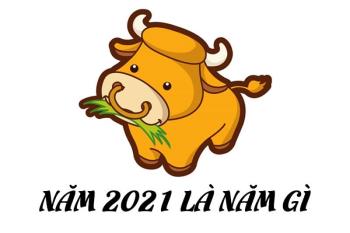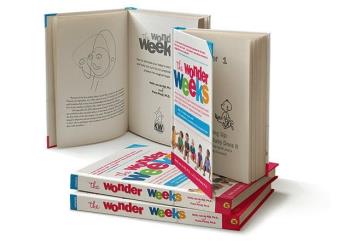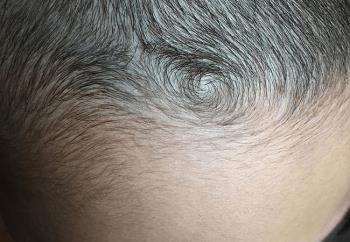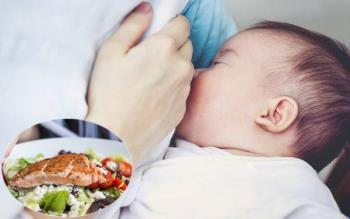36 weeks gestation weighing 3kg is considered to reach a standard increase according to the average index of 36 weeks gestation. You need to monitor the birth signs to be ready for the day of labor.
Development of 36 weeks fetus and weight milestones through each day mothers need to master
36 weeks fetus, baby a little longer 48cm, equivalent to the size of a melon. Most of the fetus has moved down the pelvis so the pregnant mother will feel the pressure in the abdomen.
Also from the 36th week of pregnancy , the baby has been considered "full term" to prepare for the birth, although it will take three weeks before the due date. If the mother goes into labor now, the baby's lungs may be able to adapt to the outside life.
A baby is considered to be born healthy when it reaches 2.5kg-3.5kg in its final weeks. At 36 weeks of pregnancy, your baby's weight will increase with each day as the average indicators below.
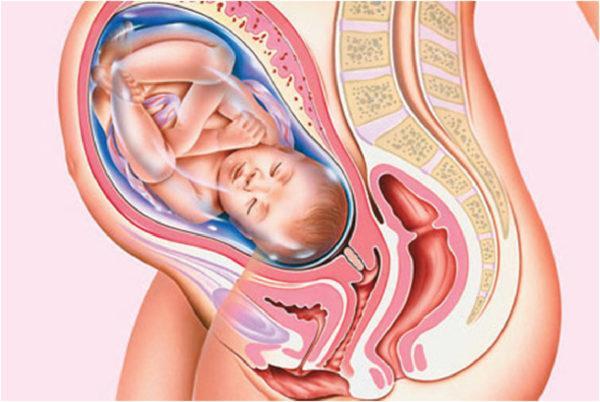
Fetal indicators of 36 weeks
6 key indicators that mothers need to master to evaluate the health and development of a 36-week fetus including bipolar diameter, femur length, fetal weight, head circumference, abdominal circumference and ratio length from head to toe.
Pregnancy index of 36 weeks + 0
Bipolar diameter (BPD): 83-95 mm, average 89mm
Femur Length (FL): 64- 76mm, average 68mm
Waist circumference (AC): 285-358mm, average 322mm
Head Circumference (HC): 309-347mm, average 328mm
Estimated Weight (EFW): 2335-3291g, average 2813g
Pregnancy index of week 36 + 1
Bipolar diameter (BPD): 83-95 mm, average 89mm
Femur Length (FL): 66- 77mm, average 68mm
Waist Circumference (AC): 285-361mm, average 324mm
Head Circumference (HC): 310-348mm, average 329mm
Estimated Weight (EFW): 2360-3327g, average 2844g
Pregnancy index of 36 + 2 weeks
Bipolar diameter (BPD): 83-95 mm, average 89mm
Femur Length (FL): 65- 77mm, average 69mm
Waist circumference (AC): 285-363mm, average 325mm
Head Circumference (HC): 310-348mm, average 329mm
Estimated Weight (EFW): 2386-3363g, average 2874g
Pregnancy index of 36 + 3 weeks
Bipolar diameter (BPD): 83-95 mm, average 89mm
Femur Length (FL): 65- 77mm, average 69mm
Waist circumference (AC): 285-336mm, average 326mm
Head Circumference (HC): 311-349mm, average 330mm
Estimated Weight (EFW): 2411-3399g, average 2905g
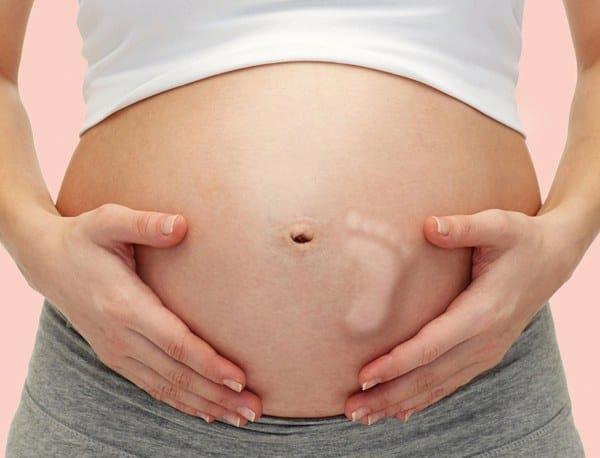
Pregnancy index of 36 + 4 weeks
Bipolar diameter (BPD): 84-96 mm, average 90mm
Femur Length (FL): 65-78mm, average 69mm
Waist circumference (AC): 285-369mm, average 327mm
Head Circumference (HC): 312-350mm, average 331mm
Estimated Weight (EFW): 2437-3435g, average 2936g
Pregnancy index of 36 + 5 weeks
Bipolar diameter (BPD): 84-96 mm, average 90mm
Femur Length (FL): 65-78mm, average 69mm
Waist circumference (AC): 285-372mm, average 328mm
Head circumference (HC): 313-351mm, average 332mm
Estimated Weight (EFW): 2462-3471g, average 2967g
Pregnancy index of 36 + 6 weeks
Bipolar diameter (BPD): 84-96 mm, average 90mm
Femur Length (FL): 66- 79mm, average 70mm
Waist circumference (AC): 285-374mm, average 330mm
Head circumference (HC): 313-352mm, average 332mm
Estimated Weight (EFW): 2488-3507g, average 2997g
Your baby's indicators may fluctuate slightly from the above average, so mothers should not be too worried because these are only relative numbers to track the normal development of the baby.
36 weeks pregnant weighing 3kg is not good, how should mothers eat to ensure their baby's weight?
Compared with the above indicators, 36 weeks fetus weighing 3kg can be considered to reach the standard weight and the baby is developing very well. Pregnant mothers should continue to maintain an appropriate diet according to the following rules:
Eating a variety of substances, giving priority to foods that help mothers give birth easily such as black sesame, orange juice, boiled eggs, flipped duck eggs, succulent vegetables, ... to help your baby accelerate weight until last week.
Drinking plenty of water is one of the important factors for healthy development of the fetus, especially in the last three months of pregnancy. According to experts, pregnant women should drink at least 2 to 2.5 liters of water per day.
In addition, mothers need to supplement enough water to help ensure the necessary amount of amniotic fluid for the body, limit digestive and intestinal problems, reduce uterine contractions that cause premature birth, ...
The secret to taking care of this week to keep the mother healthy and the baby developing well
The baby at 36 weeks is already close to birth. Therefore, the mother should exercise gently or practice some yoga exercises to make the body more resilient and easier to prepare for the birth date.

Mother also needs to carefully monitor fetal movements every day through counting the number of pregnancies to ensure safety until the day the baby is born.
Finally, I remember to prepare the delivery basket as well as check the papers where she registered the birth as a way to be ready as soon as there are signs of birth.
See more:
36 weeks pregnant with shady abdominal pain is a sign of labor?
Pregnant 36 weeks: The fetus loses its sebum layer and is about to be born
Fetal weight: When to warn of overweight and underweight?








